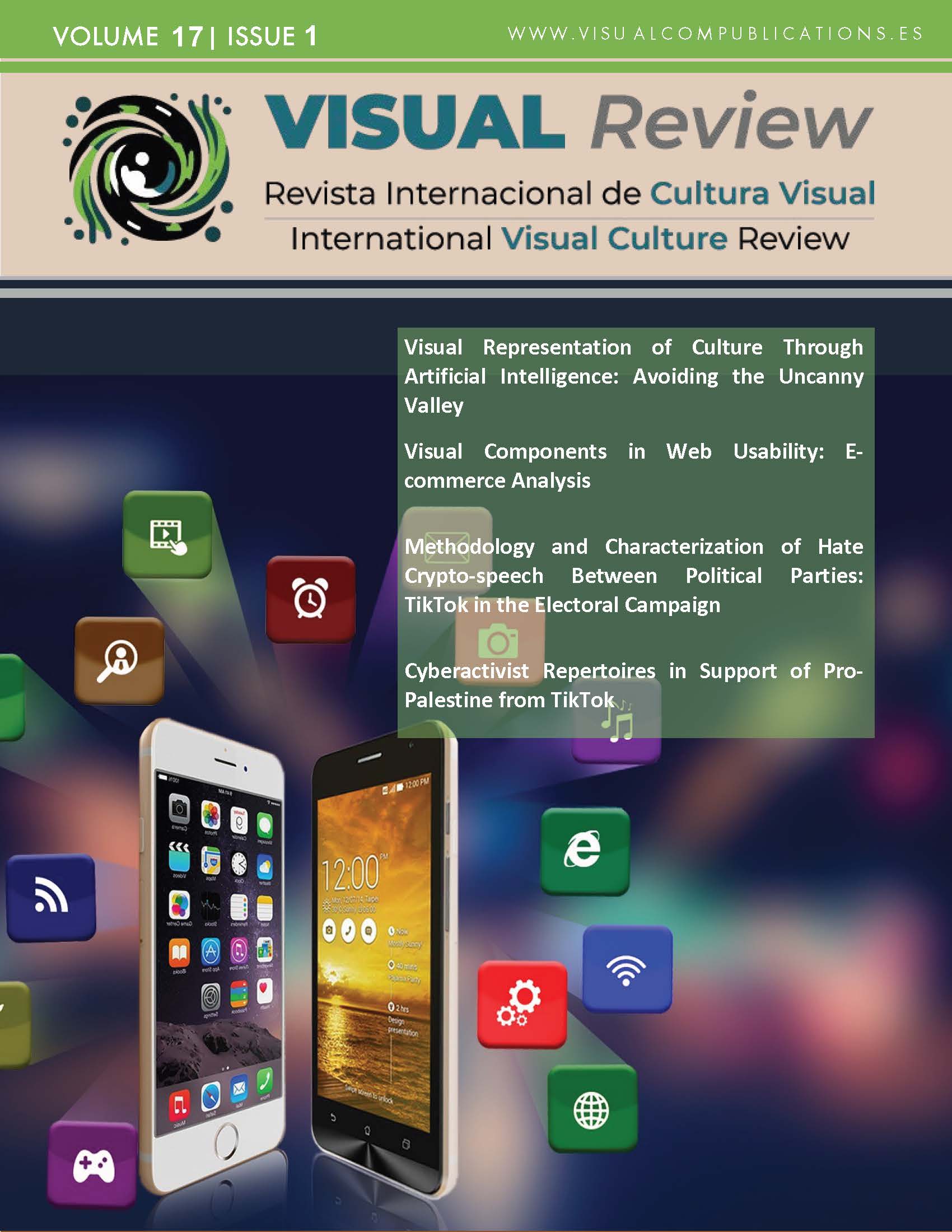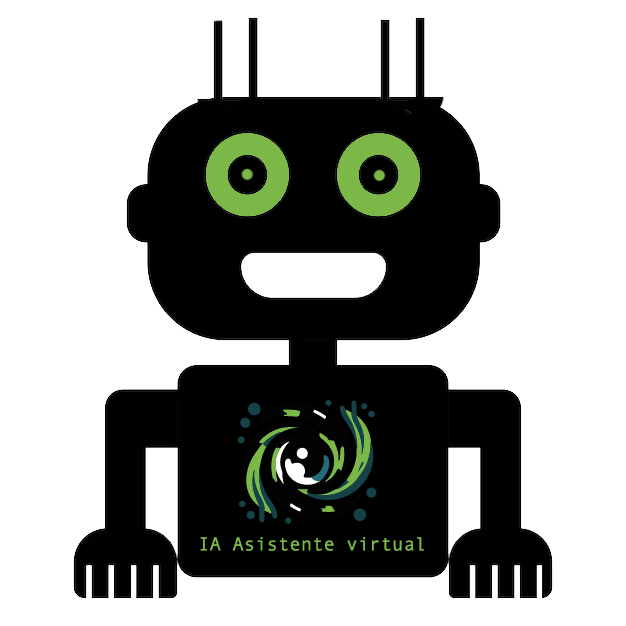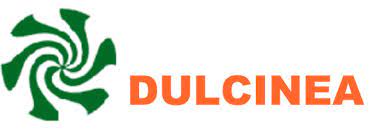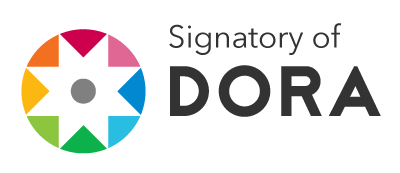Cultural Imaginary of Castilla y León Festivities Generated with Artificial Intelligence
A Comparative Study Using Playground AI
DOI:
https://doi.org/10.62161/revvisual.v17.5279Keywords:
Cultural heritage, Visual, Festivities, Artificial intelligence, Photography, Computer-generated, Imagery, Denotation, ConnotationAbstract
This study focuses on the analysis of image-creating Artificial Intelligences (AI). More specifically, the result of generating 133 representative images of Festivals of Cultural Interest (FIC) in Castilla y León has been analysed using the Playground AI platform. The artificial intelligence has been fed with real photographs of the analysed parties. The result proposed by the AI has been presented through a comparative survey to the public, focusing on the two axes of the uncanny valley: On the one hand, the familiarity and level of comfort they present and, on the other, the resemblance to reality. The main results show that, although the photographs inspired by the AI are more like reality, those created by Playground AI better represent the indicated party and are more attractive, in the opinion of those surveyed. Finally, we conclude that the generation of images using digital tools: adapts the symbolic and literal dimension, maintaining the composition of the original source, artificially adapting the content identified in said photographs. By standardizing the aesthetics through artistic filters with chromatic harmony that results in a more pleasant appearance. chromatography.
Downloads
Global Statistics ℹ️
|
419
Views
|
359
Downloads
|
|
778
Total
|
|
References
Allen, G. (2011). Intertextuality. routledge. DOI: https://doi.org/10.4324/9780203829455
Bravo Heredia, A. (2010). Peirce: hacia una semiótica visual transdisciplinaria. Actas de las segundas Jornadas internacionales Peirceanas. Educación, arte y signo Actas de las Segundas Jornadas Internacionales Peirceanas, 77-87.
Cwaik, J. (2020). 7R: Las siete revoluciones tecnológicas que transformarán nuestra vida. Ed. Conecta.
Estupiñán Ricardo, J., Leyva Vázquez, M. Y., Peñafiel Palacios, A. J., y El Assafiri Ojeda, Y. (2021). Inteligencia artificial y propiedad intelectual. Universidad y Sociedad, 13(S3), 362-368. Recuperado a partir de https://rus.ucf.edu.cu/index.php/rus/article/view/2490
Gómez de Ágreda, A., Feijoo González, C. A. y Salazar García, I. A. (2021). Una nueva taxonomía del uso de la imagen en la conformación interesada del relato digital. Deep fakes e inteligencia artificial. El Profesional de la Informacion, 30 (2); 1-24. ISSN 1386-6710. https://doi.org/10.3145/epi.2021.mar.16. DOI: https://doi.org/10.3145/epi.2021.mar.16
Gómez Gómez, H., y Rubio Tamayo, J. L. (2023). Algorithmgraphy as a milestone and phenomenon in the production of still images in the digital era: Resignification of the notion of the photographic image and projection of the medium in a context of image production with artificial intelligence and machine learning. Visual Review. International Visual Culture Review Revista Internacional De Cultura Visual, 14(2), 1–13. https://doi.org/10.37467/revvisual.v10.4607 DOI: https://doi.org/10.37467/revvisual.v10.4607
Heras Benavides, D.A. (2017). Clasificador de imágenes de frutas basado en inteligencia artificial. Revista Killkana Técnica, 1(2), 21. https://doi.org/10.26871/killkana_tecnica.v1i2.79 DOI: https://doi.org/10.26871/killkana_tecnica.v1i2.79
Icarte Ahumada, G. A. (2016). Aplicaciones de inteligencia artificial en procesos de cadenas de suministros: una revisión sistemática. Ingeniare. Revista chilena de ingeniería, 24(4), 663-679. http://dx.doi.org/10.4067/S0718-33052016000400011 DOI: https://doi.org/10.4067/S0718-33052016000400011
Jordanous, A. (2012). A Standardised Procedure for Evaluating Creative Systems: Computational Creativity Evaluation Based on What it is to be Creative. Cognitive Computation, 4(3), 246-279. https://doi.org/10.1007/s12559-012-9156-1 DOI: https://doi.org/10.1007/s12559-012-9156-1
Lizama, F. (2024). ChatGPT: la adopción disruptiva de la inteligencia artificial. Revista Economía & administración Mirada FEN, No. 184. 46-48. https://mirada.fen.uchile.cl/uploads/revista/Mirada-FEN-184/66/index.html
López Cardona, A., Molina Saldarriaga, M.L. y Serna Usme, D. (2020). Composición visual: Análisis de variables en la construcción de imágenes. Institución Universitaria de Envigado.
McCormack, J., Hutchings, P., Gifford, T., Yee-King, M., Llano, M. T., & D’inverno, M. (2020). Design Considerations for Real-Time Collaboration with Creative Artificial Intelligence. Organised Sound, 25(1), 41–52. https://doi.org/10.1017/S1355771819000451 DOI: https://doi.org/10.1017/S1355771819000451
Menéndez-Pidal, S. N. (2010). Retórica visual: una herramienta necesaria en la creación e interpretación de productos visuales. Revista de artes y humanidades Unica, 11(2), 99-116. https://www.redalyc.org/pdf/1701/170121899006.pdf
Mengoni, A. (2021). Visual Semiotics. In: Purgar, K. (eds) The Palgrave Handbook of Image Studies. Palgrave Macmillan, Cham. https://doi.org/10.1007/978-3-030-71830-5_39 DOI: https://doi.org/10.1007/978-3-030-71830-5_39
Milo, A. (2023). Uncanny valley: qué es la teoría del valle inquietante y cómo explica nuestro miedo a los robots. National Geographic. https://tinyurl.com/2ysrte8t
Montaña, R. de la (2001). Pingada del Mayo [Fotografía]. Página web del ayuntamiento de Hontoria del Pinar. https://www.hontoriadelpinar.es/fiestas-y-tradiciones/pingada-del-mayo
PlayGround AI. (2023). PlayGround (versión septiembre 2023) [plataforma de IA]. https://playground.com/
Toca Torres, C. E. (2014). Inteligencia colectiva: enfoque para el análisis de redes. Estudios Gerenciales, 30(132), 259-266. https://doi.org/10.1016/j.estger.2014.01.014 DOI: https://doi.org/10.1016/j.estger.2014.01.014
Tostado Sánchez, S. E., Ornelas Rodríguez, M., Espinal Jiménez, A., y Puga Soberanes, H. J. (2016). Implementación de Algoritmos de Inteligencia Artificial para el Entrenamiento de Redes Neuronales de Segunda Generación. Jóvenes en la ciencia, 2(1), 6–10. https://www.jovenesenlaciencia.ugto.mx/index.php/jovenesenlaciencia/article/view/715
Villafañe, J. y Mínguez, N. (2002), Principios de teoría general de la imagen, Madrid, Ediciones Pirámide.
Yoguel, G., Chanders, V., y Mochi, S. (2021). Innovación por coproducción en industria 4.0: un estudio de caso de inteligencia artificial aplicadas a imágenes. Ciudad Aútonoma de Buenos Aires: CIECTI. http://www.ciecti.org.ar/wpcontent/uploads/2021/04/DT23-_V05.pdf
Lin, H. (2018). Developing responses to cyber-enabled information warfare and influence operations. Lawfare, September 6. https://tinyurl.com/228hj989
Downloads
Published
How to Cite
Issue
Section
License
Copyright (c) 2025 VISUAL REVIEW. International Visual Culture Review / Revista Internacional de Cultura Visual

This work is licensed under a Creative Commons Attribution-NoDerivatives 4.0 International License.
Those authors who publish in this journal accept the following terms:
-
Authors retain copyright.
-
Authors transfer to the journal the right of first publication. The journal also owns the publishing rights.
-
All published contents are governed by an Attribution-NoDerivatives 4.0 International License.
Access the informative version and legal text of the license. By virtue of this, third parties are allowed to use what is published as long as they mention the authorship of the work and the first publication in this journal. If you transform the material, you may not distribute the modified work. -
Authors may make other independent and additional contractual arrangements for non-exclusive distribution of the version of the article published in this journal (e.g., inclusion in an institutional repository or publication in a book) as long as they clearly indicate that the work was first published in this journal.
- Authors are allowed and recommended to publish their work on the Internet (for example on institutional and personal websites), following the publication of, and referencing the journal, as this could lead to constructive exchanges and a more extensive and quick circulation of published works (see The Effect of Open Access).













